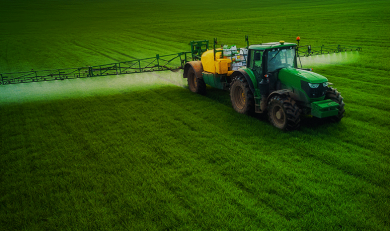
Nonwoven Fabric Producer Recovered $4M/Yr.
01 | Challenge
Improvements to Product Yield based on Optimizing Feed Network
- A network of feed Sources being fed to two Tall Oil Refineries.
- Current optimization was based on minimizing logistics costs.
- Feeds were being blended at each refinery into one large mixing tank.
- Distillation parameters were fixed with little feed-forward automation into Tower Control.
- Feed pricing was based on a negotiated price versus taking into consideration Feed Quality and Tower Yield Effects.
02 | Solution
Feed Composition and Tower Yield Analysis and Modeling Findings
- Significant differences in quality and composition from source to source – differences in paper mill processing and regional differences due to the trees and types used.
- Some qualities had plugging and adverse effects on processing that were not clear to customers as well as a lower number of high-value materials.
- Purchasing contracts did not consider the quality and adverse effects on the process. Different feeds also had different effects on the two processing plants.
03 | Results
Developed Refinery LP Model that simulated operations, assisted in monthly planning and ranked feeds based on quality, and impact on the plants that:
- Established profitability to the two plants by feed. Optimized feed distribution to two plants (ex: some feeds close to one plant had better yields at the other offsetting extra transportation costs)
- Ranked Feeds and established 3-grade levels for feed.
- Established better criteria for negotiating price.
- Optimization of feed network also reduced production and downgrading of low-value products.
- Ranked new feeds and determined optimum pricing relative to the feed yield database as new feeds were acquired.
Download
Download a copy of our case studies for review.





